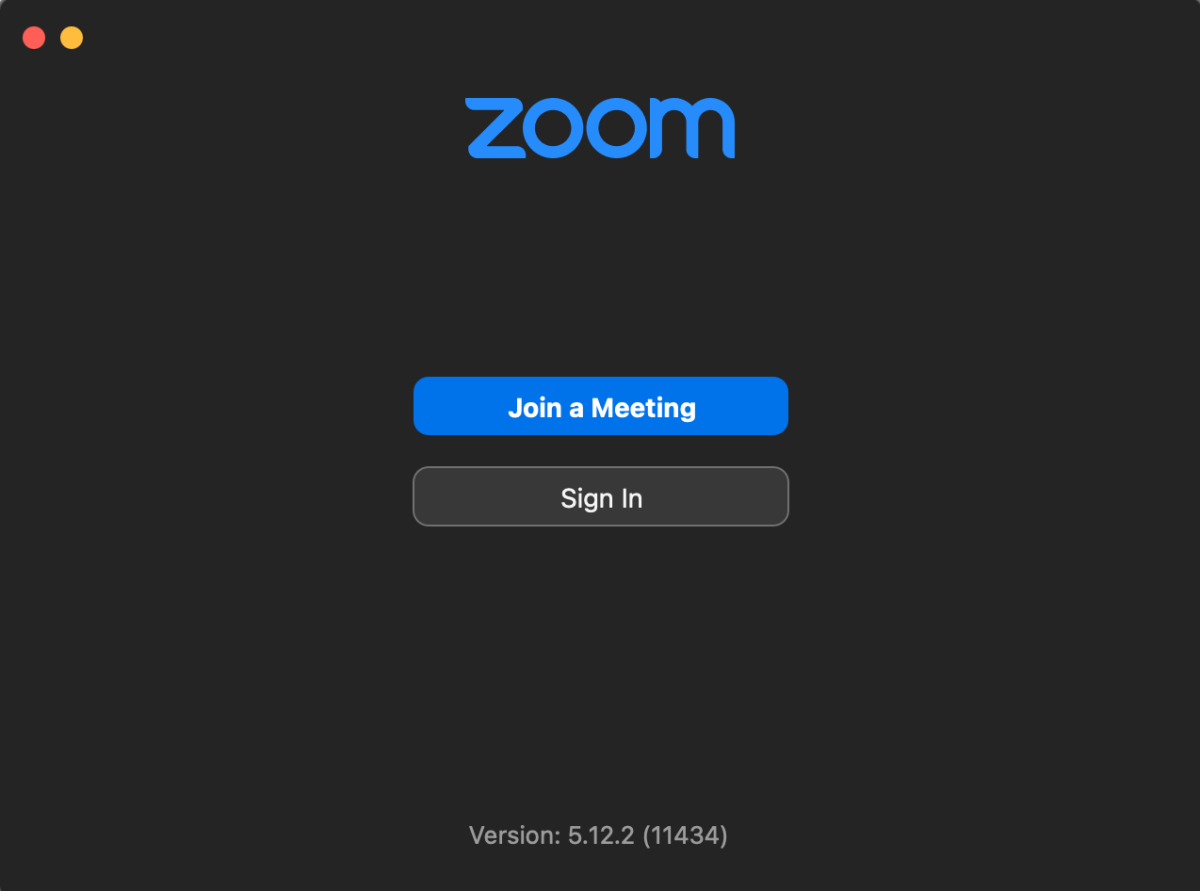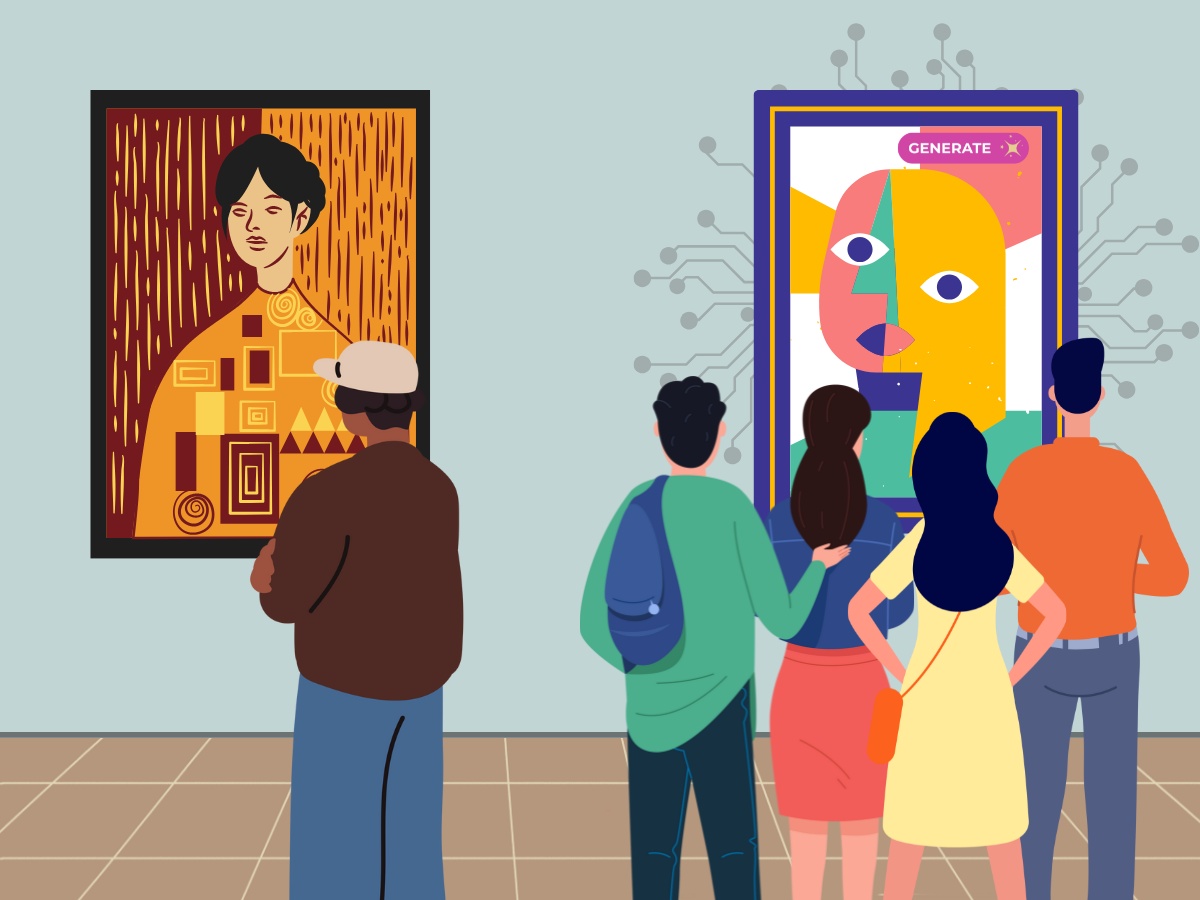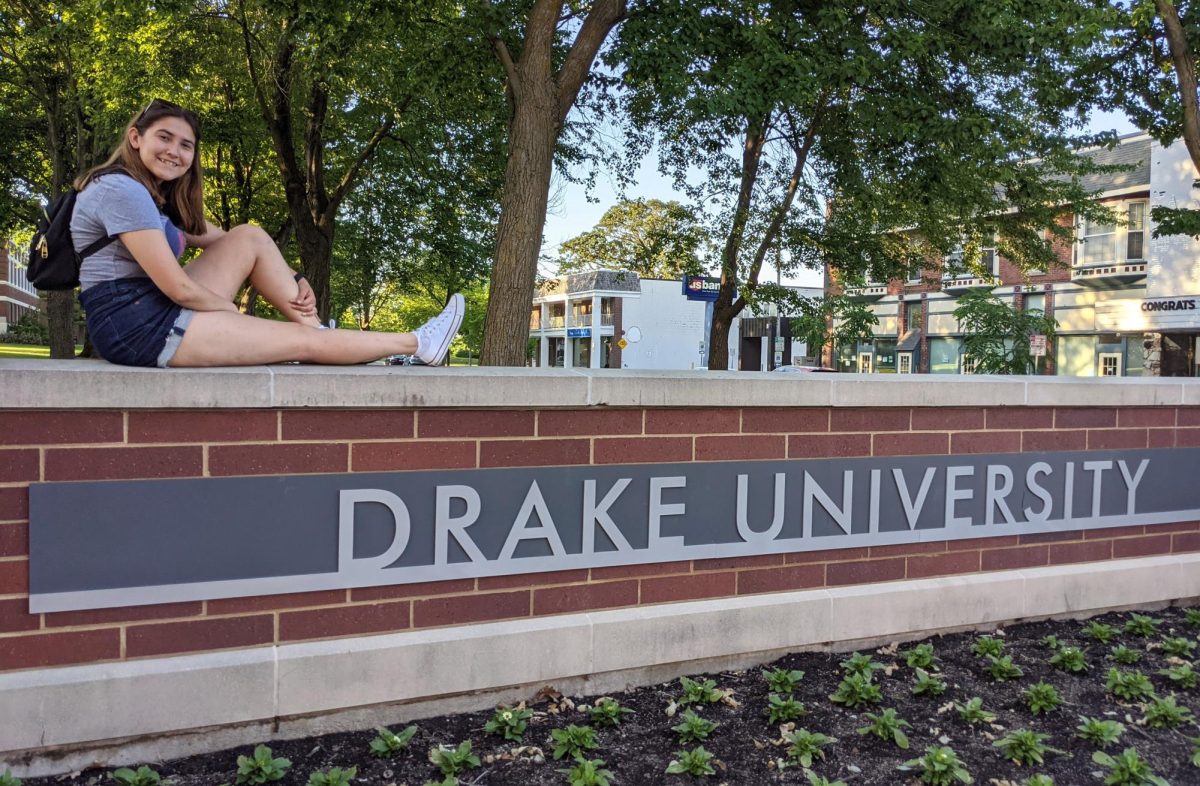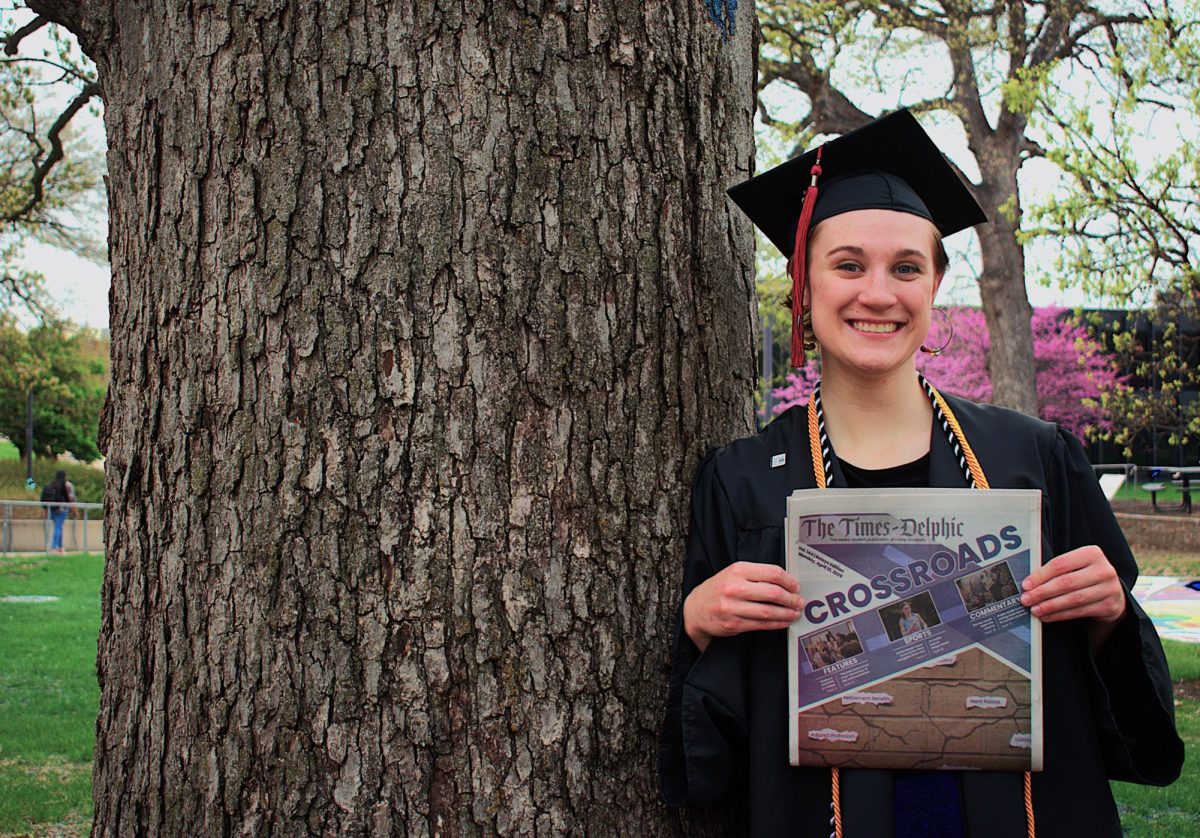As the COVID-19 pandemic disrupted life as we knew it in 2020, many businesses and schools transitioned to work-from-home setups and virtual learning to slow the spread of the virus. And as college students are perhaps painfully aware, virtual learning came with both pros and cons.
Sure, you could wear week-old sweatpants without judgment and participate in class from the comfort of your bed. But Blackboard issues, wifi connectivity problems and a lack of face-to-face interaction ultimately led many people to be glad when the pandemic eased its grip and classes resumed in person.
However, among the many important lessons of the pandemic, we learned that virtual education is possible.
Many professors transitioned from virtual teaching to a hybrid model before returning to fully in-person classes. The hybrid model often looked like having half the class attend in-person one day and half the class attend in-person another day, or half the class attending in person while half attend via Zoom or Blackboard Collaborate.
Having established that the hybrid model is possible, it raises the question – why did a virtual learning option for students cease to exist when the pandemic lessened?
Of course, there are online-only degrees for students who choose to take that path. But students working toward a degree in in-person classes may need that virtual learning option sometimes, too.
I’m not talking about substituting virtual learning for the classroom entirely – just when necessary circumstances arise, as they often do.
On a recent Tuesday in November, the first real snow of the year hit Iowa. That same day, I discovered that one of my tires was nearly flat and wouldn’t hold air – and I couldn’t get it in the shop until later that day. But in classes where a certain percentage is automatically deducted from your grade for an absence – excused or unexcused – missing class is simply not an option. So I drove on an almost-flat tire to campus in the snow, white-knuckling it the whole way because my car kept skidding.
Other students who live far off campus may have encountered similar issues. Perhaps a student is sick but still wants to attend a lecture. Or perhaps a student returns from a holiday break, where they were surrounded by unvaccinated or unmasked family and friends, and wants to quarantine for a while out of caution before potentially spreading a virus to the rest of campus.
This is why students should have the option to make their own judgment call and attend class virtually when needed.
College is a transition period – most of us are legal adults learning to live as such in the “real world.” But in the classroom, we must still operate under strict attendance policies that have us risking life and limb to get to campus, lest we lose a letter grade or percentage points for our absence. A note from your mother is no longer enough to excuse you on a sick day, and the health clinic on campus does not provide doctors’ notes for absences.
The Drake mission statement promises an “exceptional learning environment that prepares students for meaningful personal lives, professional accomplishments and responsible global citizenship.” Students cannot be fully prepared for the real world unless they are given the autonomy to make decisions about what is best for their health and safety. An exceptional learning environment would be one in which students are given this freedom – starting with the ability to choose a virtual learning environment when needed.







